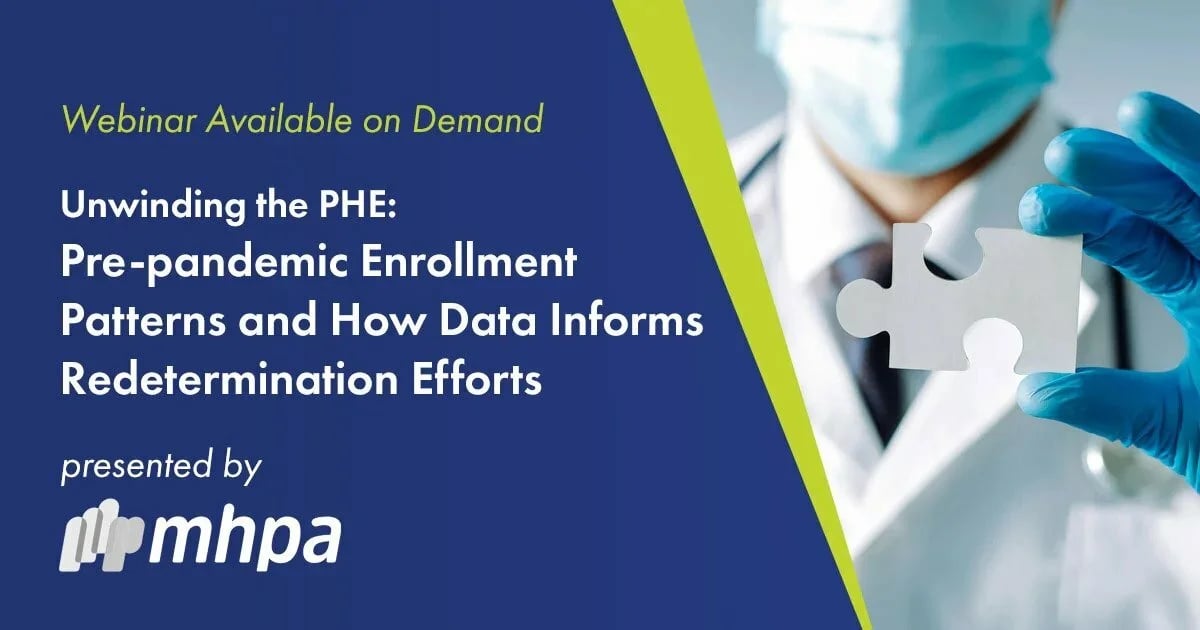ZOLL AR Boost Medicaid Redetermination tools make it easy to verify demographics and determine eligibility in real time to help ensure continuous coverage.

What Is Medicaid Redetermination?
Medicaid redetermination is the process that payers and state Medicaid directors use to periodically verify that Medicaid enrollees continue to meet eligibility requirements for coverage and subsequently either terminate or renew enrollees. Low-income families, qualified pregnant women, children, and individuals receiving Supplemental Security Income (SSI) are examples of mandatory eligibility groups, and states may choose to cover other groups.1 Manual redetermination is a difficult and burdensome process when done manually.
1“SHO # 22-001 RE: Promoting Continuity of Coverage and Distributing Eligibility and Enrollment Workload in Medicaid, the Children’s Health Insurance Program (CHIP), and Basic Health Program (BHP) Upon Conclusion of the COVID-19 Public Health Emergency,” Medicaid website, https://www.medicaid.gov/federal-policy-guidance/downloads/sho22001.pdf, Accessed 15 Jun. 2022
Who Is Affected?
All states must adhere to the federal government’s minimum standards for the program, including rules for Medicaid redeterminations. Medicaid Health Plans of America (MHPA) estimates that between 5 and 15 million at-risk adults and children may lose Medicaid coverage and fall through the cracks, even if they are eligible, because state agencies are unable to locate them. Moving, new phone number, or lack of recent provider encounters are common reasons enrollees are not found. As a result, healthcare providers will likely encounter a significant surge in the number of uninsured, self-pay patients who were previously covered by Medicaid.

ZOLL AR Boost Demographic Verifier, our Medicaid demographic redetermination tool, can help ensure continuous enrollment. It automatically and independently obtains and enhances demographic data to support redetermination in real time. Its expansive search verifies patient data from many sources, replaces inaccurate information, and provides a confidence score.
ZOLL AR Boost Self-pay Analyzer, our Medicaid eligibility predictor tool, scours data approved and regulated for use in healthcare applications to verify identity, percentage of Federal Poverty Level (FPL), and provide estimates of household income and size. The tool pulls in financial data and returns recovery and propensity-to-pay scores that inform revenue forecasting and how to manage past-due accounts. The tool can also help with third-party liability and ensuring that Medicaid is the payer of last resort.
Webinar on Demand

Our Medicaid Redetermination tools can help simplify and accelerate eligibility and enrollment. Request a free, sample batch run of your data to see how.
